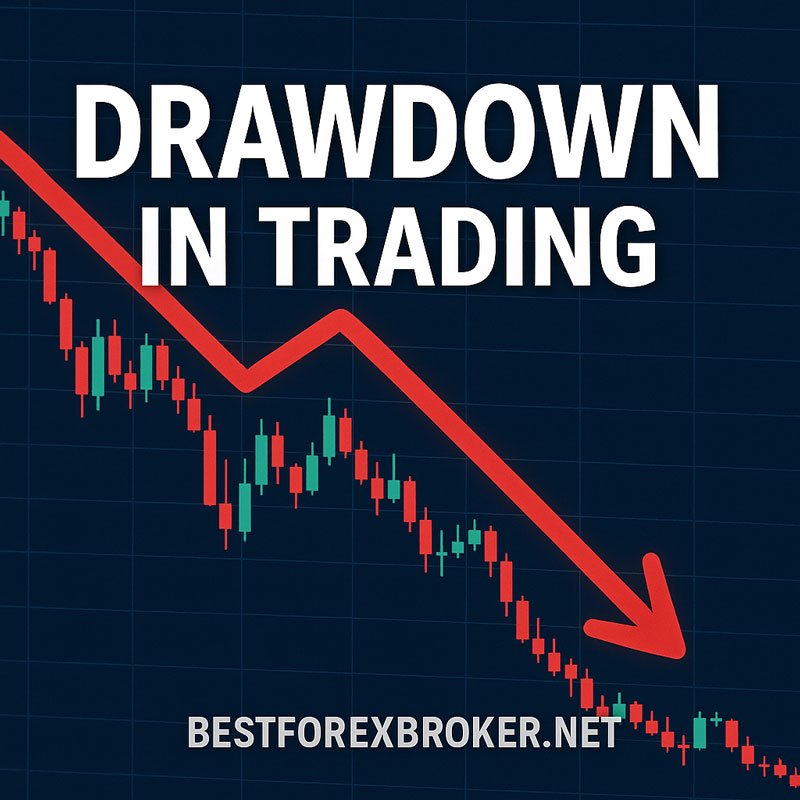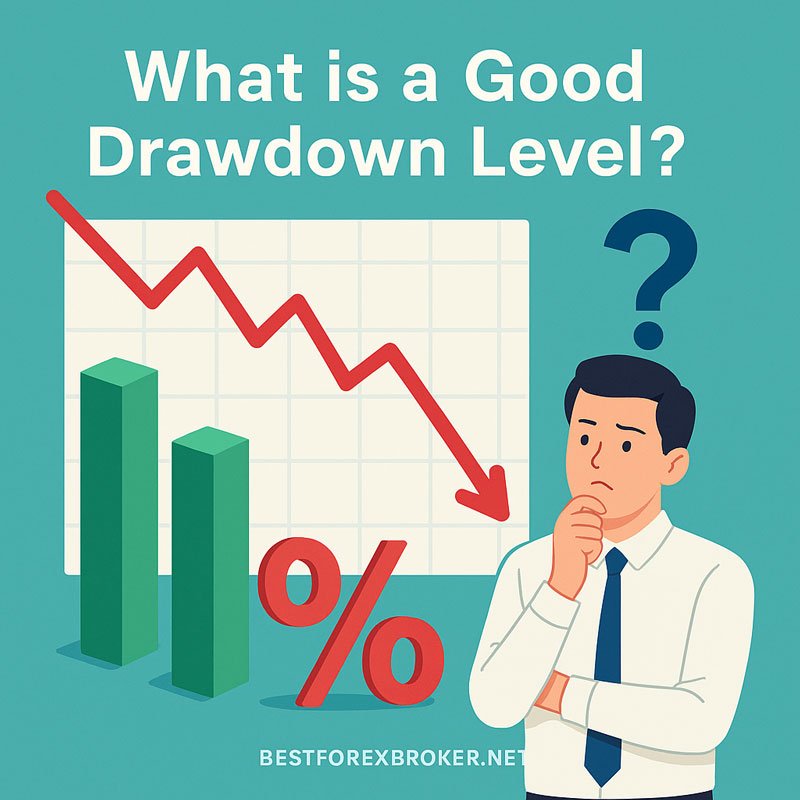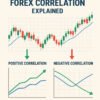What is Drawdown in Trading?
If you’re just starting your journey into forex trading, one of the first concepts you must understand is drawdown. So, what is drawdown in trading?
Drawdown refers to the decline from a peak to a trough in your trading account balance, before a new peak is achieved. It’s a measure of loss and reflects the risk level in your trading strategy. Tracking drawdowns allows traders to stay aware of potential vulnerabilities in their performance.
Simply put: Drawdown is how much your account goes down before it goes up again.
Real-Life Example:
Imagine you start with $10,000 in your forex account. You grow it to $12,000, then it falls to $9,000 before rising again. Your drawdown is:
That 25% shows how much capital you lost during that downturn. Even successful traders experience drawdowns, but minimizing them is key to long-term success.
Why Drawdown Matters in Trading

Understanding drawdown is crucial for your survival as a trader. Here’s why:
- It helps you measure the risk of your trading system.
- It reveals how much emotional pressure you might face.
- It defines your ability to recover – the bigger the drawdown, the harder it is to regain previous levels.
Key Point: A 50% drawdown requires a 100% return to break even!
Let’s take an example: If you lose 50% of a $10,000 account (ending with $5,000), you’ll need to double your money just to get back to your starting balance. That’s why controlling drawdown is more important than maximizing returns.
Drawdowns also expose whether your trading plan is realistically sustainable, or overleveraged and vulnerable to volatility.
Types of Drawdown
Absolute Drawdown
This shows the maximum loss from your starting balance, giving insight into your worst point compared to the beginning.
- Formula:
- Example: If you deposited $10,000 and your lowest balance was $8,500, your absolute drawdown is $1,500.
This type is especially useful when evaluating the capital protection capability of your system.
Maximum Drawdown (Max DD)
This is the largest peak-to-trough decline during a specific period.
- Formula:
- Used by professionals to evaluate strategies.
- Helps understand worst-case loss scenarios.
This metric is often used in fund management reports to show how much investors could have lost.
Relative Drawdown
This expresses drawdown as a percentage of the balance at that time, rather than absolute values.
- Useful for comparing performance across accounts of different sizes.
- Helps normalize performance data.
Knowing all three types gives a well-rounded view of how volatile or stable your strategy really is.
How to Calculate Drawdown
Here’s how you can calculate drawdown manually:
- Track the highest equity point.
- Measure the lowest point after that.
- Apply the formula:
Tools to Help:
- MetaTrader 4 (MT4)
- Forex trading journals like Myfxbook
- TradingView (via equity curves)
- Excel tracking with equity snapshots
⚠️ Tip: Monitoring drawdown frequently helps you evaluate the health of your strategy and adjust risk settings accordingly.
What is a Good Drawdown Level?

There’s no perfect number, but here are some benchmarks:
- 0–10%: Very conservative
- 10–20%: Moderate risk
- 20–30%: High risk, suitable for aggressive traders
- >30%: Dangerous territory
Pro Insight: Professional forex traders often aim for max drawdown <15% to ensure sustainability and investor confidence.
Also, compare drawdown with return:
- If a system returns 30% with 10% drawdown, that’s strong.
- 30% return with 30% drawdown? Not so great.
Understanding this tradeoff is essential in judging strategy efficiency and growth potential.
How to Reduce and Manage Drawdown
Risk Management Techniques
- Use stop-loss orders to cap potential losses.
- Limit position size – don’t risk more than 1–2% per trade.
- Diversify across currency pairs and avoid correlated assets.
- Consider hedging during high volatility events.
Psychological Discipline
- Don’t revenge trade.
- Accept that losses are part of the game.
- Stick to your trading plan even during a drawdown.
- Use journaling to analyze emotional decisions that lead to deep drawdowns.
Backtesting and Strategy Evaluation
- Always backtest your strategy with historical data.
- Check drawdown stats before using real money.
- Stress-test strategies in various market conditions.
- Be cautious with strategies that perform well in short-term backtests – they might hide big drawdowns in the long term.
Common Misconceptions about Drawdown
Lower drawdown is always better
- Not necessarily. A very low drawdown might mean you’re not taking enough risk to grow your capital.
All drawdowns are bad
- They are natural. Even professional traders experience them. The key is how well you manage them.
Drawdown only applies to losing trades
- Wrong. Even if your account is profitable overall, it can still face temporary drawdowns.
Ignoring drawdown is harmless if you’re winning
- Dangerous thinking. Ignoring drawdown can lead to blowing your account when the market turns.
Final Thoughts
So, what is drawdown in trading? It’s a vital metric that tells you how risky your strategy is, how much pain your account has endured, and how disciplined you are as a trader.
In forex – where volatility is high – managing drawdown is as important as making profits. A trader who can control drawdown is a trader who can last.
🎯 Golden Rule: Focus on protecting capital first – profits will follow.
To explore more risk metrics like risk-reward ratio or win rate, check our article: How to Build a Solid Forex Trading Strategy.
FAQs
What is considered a high drawdown in trading?
A drawdown above 30% is typically considered high and may indicate an overly risky strategy.
How can I recover from a big drawdown?
Reduce position sizes
Take a break from trading
Reevaluate your strategy and risk management
Rebuild confidence through demo or micro accounts
Is it possible to have 0% drawdown?
Theoretically yes, but in practice, every strategy has some drawdown. If there’s no drawdown, there’s probably no reward either.
Can a strategy with high drawdown still be profitable?
Yes, but you must be prepared for large fluctuations and possibly long recovery periods. These strategies often require higher capital tolerance.
How often should I check my drawdown levels?
Ideally daily or weekly, especially if you’re actively trading. Automated dashboards can simplify this task.












